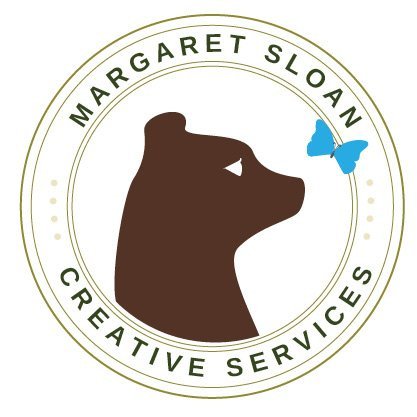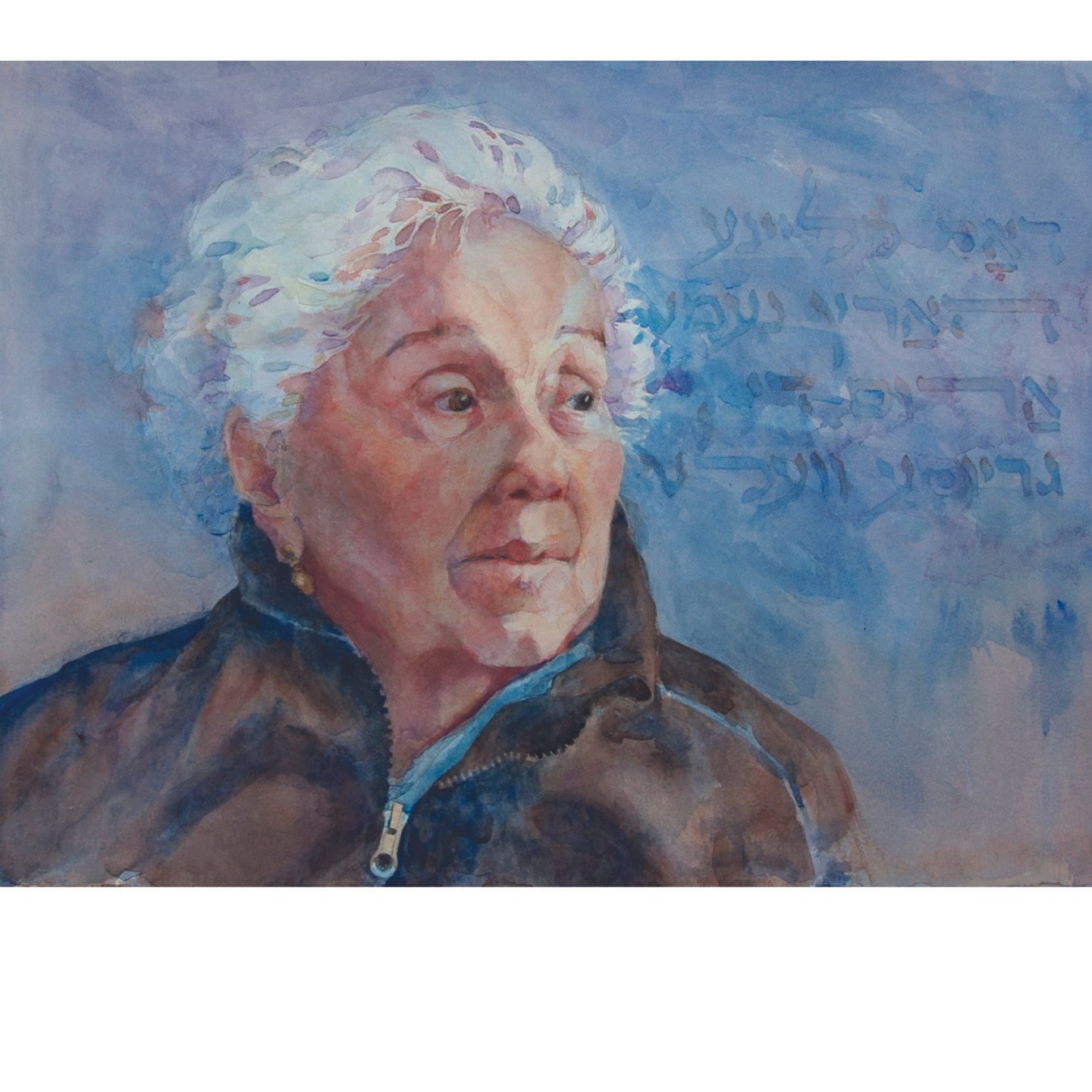My watercolor portraits were accepted into the Carnegie Arts Center of Turlock!
I am so chuffed to tell you that I juried into the Carnegie Arts Center of Turlock show “Telling our Stories” with two paintings! Both pieces are watercolor portraits.
One is a portrait of a dear friend who was an Irish fiddler. The other is a portrait of my husband’s aunt, a wonderful lady. Keep scrolling to read the stories behind these paintings.
You can see the show from October 17, 2023 through January 13, 2024 at the Center in Turlock, California.
Irish Fiddler/Longford Collector
Watercolor on paper
By Margaret Sloan
The Irish American community in the San Francisco Bay Area is small but mighty. For many years my preferred seat at set dances and sessions was next to my friend John Sweeney, where I matched my flute to his fiddle and learned the music by osmosis.
For many of us awash in the featureless dominant culture, Irish music is a touchstone to Irish ancestors we never knew. Souls who made the trip hundreds of years ago over the ocean to Meiriceá to escape famine and war. They lived, celebrated, and struggled in anonymity, and left few traces of their lives for their great-great-great granddaughters to know them by.
When I first heard Irish dancing music —jigs and reels—I knew I had come home.
Before I met Irish music, fiddle music already played deep in my heart but I didn’t know it. My father emmigrated from Appalachia to California in the 1960s, a hillbilly building a life among the semiconductors and postmodernism of the Bay Area. American old time, bluegrass and gospel filled our tiny home. It took me decades to realize that the music my dad listened to—music I had scorned as a kid—was an extension of my very being. Irish music, one of the influences of American old-time, brought me that understanding.
The Longford Collector was one of John’s favorite tunes. He’s gone along now but I’m sure he’s in the next world, playing the devil of a dance, shouting “House Maggie, mind the dresser!”
Small Hearts Embrace the Whole World
Watercolor on paper
By Margaret Sloan
The lettering in the background of this painting is Yiddish, the traditional language of European Jews before the Shoah. The title of the painting is the translation. The subject is my husband’s aunt.
When my husband and I were courting, I met her. I was nervous that she might reject me, a goye (non-Jew). But she patted the couch next to her and said, “Sit down! I’ve been wanting to meet you.” I felt like I’d found another family.
Her birth language was Yiddish, learned from her parents who immigrated to America in the early part of the 20th century. Some years ago, at the behest of my husband, we studied this expressive, wry, deeply meaningful language. Although his parents spoke it fluently, they didn’t teach him. He felt that lack deeply, and wanted to reclaim the Yiddish Keit part of his heritage. I guess I reclaimed a little bit of it too!
I painted this portrait to honor her and also my husband’s family, who all embrace the world and work to make it a better place.



